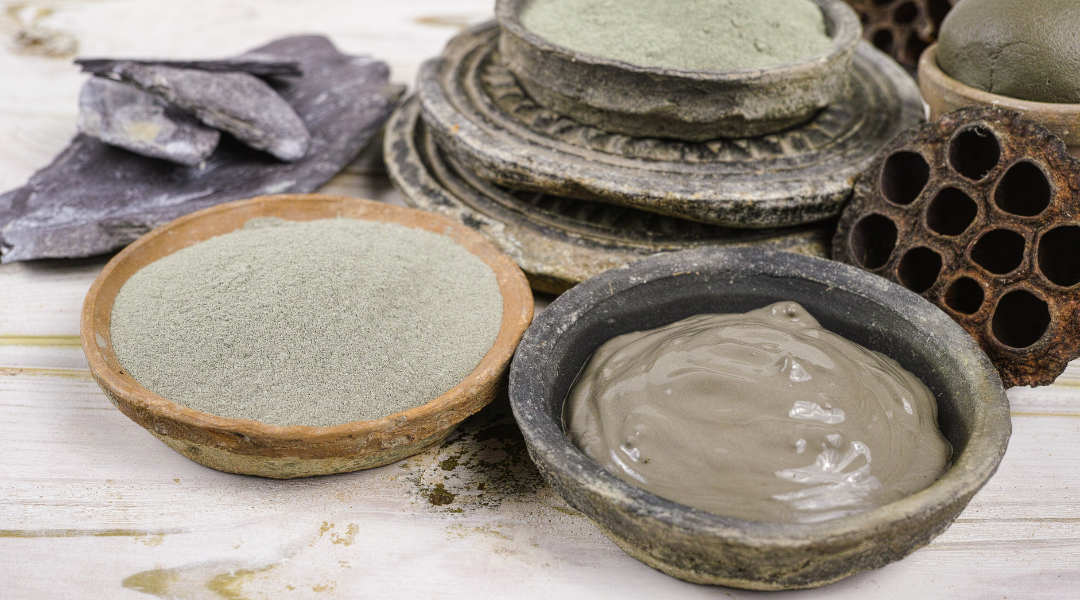Allergic Skin: Histamine, Skin Allergies and Treatment
Skin allergies, be it itchy and dry skin or more severe allergic conditions like psoriasis, eczema, or dermatitis share a common culprit; histamine. Elevated levels of histamine in the blood and tissues have been noted during allergic responses of the skin, nose, and airways. In fact, histamine is a known mediator of the cardinal signs of allergic reactions including edema, inflammation, and itchiness.
If you suffer from skin allergies of any sort, then getting a handle on your histamine levels is going to be key.

What is Histamine & How it Causes Skin Allergies
Histamine is an organic nitrogen-rich compound that is involved in local allergic and immune responses. In fact, since its discovery in 1911, histamine has been found to be the major mediator to allergies.
In the allergic process there are two phases; an early and late phase. The early phase reaction is mostly induced by histamine released from immune cells called mast cells. When histamine is released from mast cells; via an immune response, it binds to receptors in the tissue known as the H1 and H2 receptors. In the skin, histamine induces is effects by causing vasodilation, vascular permeability, and pruritus (itchiness).
The Cortisone Myth
It’s common practice to prescribe cortisone cream or pills for treating an allergic skin condition like dermatitis. The idea is that stress can induce a cortisone deficiency that is thought to contribute to a variety of inflammatory conditions including allergies of the skin. However, the stress that can cause a cortisone deficiency is more likely to be causing a deficiency in the production of progesterone and thyroid hormone, the more likely causes of inflammation and allergies. Although cortisone may relieve the allergy symptoms, it does not mean that it corrects the problem.
The truth is, hormones like thyroid and progesterone, along with the other adaptive hormones that are often deficient during stress, are the true cause of inflammatory allergic skin conditions. Cortisone treatment only serves to act as a temporary relief and does not address the underlying hormonal deficiencies.
Progesterone has both anti-inflammatory and anesthetic effects, which would be of obvious benefit for treating allergic reactions. Additionally, estrogen has long been known to activate mast cells, thus acting as a mediator of histamine release. On the other hand, progesterone is known to work in the opposite direction, not only regulating estrogen but also inhibiting mast cell activation. 2
Additionally, there seems to be a strong correlation between people with hypothyroidism and allergic symptoms. Most people with allergy issues tend to have low thyroid function. How low thyroid contributes to allergic reactions is complex but in general, when thyroid function is low, then so is metabolic and immune function. More specifically speaking, because thyroid hormone regulates estrogen, when thyroid is low, estrogen tends to elevate, which stimulates a greater release of histamine from mast cells. In this way alone, the thyroid hormone is very protective and anti-inflammatory and most people who treat their low thyroid tend to find relief in pain, itchiness and skin inflammation. 3

Tips for Lowering Histamine & Treating Skin Allergies
Vitamin C
Vitamin C increases diamine oxidase, which metabolizes excess histamine, reduces blood histamine, and protects cells from immune-stimulating oxidization, making Vitamin C one of the most effective antihistamines.
Don’t Overeat
Eating enough calories is essential for maintaining a high metabolism; however, there is such a thing as eating too much. When we eat too much food, particularly protein, one thing that happens in regards to skin allergies is an overproduction of histamine. Eating protein increases HCL (stomach acid), which is generally a good thing, but too much protein and HCL activation may cause a rise in histamine and worsen allergies.
Regulating Prostaglandins
One major promoter of histamine is the inflammatory prostaglandin D2, which stimulates the release of histamine from mast cells. Prostaglandins are breakdown products of polyunsaturated fatty acids, linoleic and oleic acid. Avoiding the consumption of PUFA is a smart way to inhibit the formation of prostaglandins and thus preventing histamine release and inflammation. This is just one of the many reasons that PUFA are so awful for your skin. In addition to avoiding those toxic fats/oils, herbs like Nettle can be therapeutic for lowering histamine by inhibiting prostaglandin d2 formation. 4
Treat Your Thyroid
It seems that hypothyroidism is one of the root imbalances in allergic conditions, due to its regulatory effect on estrogen, histamine and mast cells. Therefore, if you have severe skin allergies, we suggest having your thyroid panel done. In the meantime, simple things can help improve your thyroid function. For starters, removing the estrogenic consumer products from your life (commercial personal care products, cleaning products, etc.) and replacing them with natural, non-estrogenic organic products can help greatly. These products contain estrogens that inhibit thyroid function. Additionally, we suggest taking Revitalize, which contains pro-thyroid herbs like Ashwagandha, known to increase both thyroid hormone production and progesterone.

The Natural Path to Perfect Skin
30 PAGES FULL OF SKINCARE SECRETS







Leave a comment